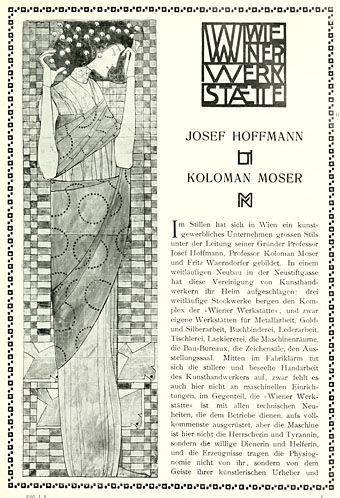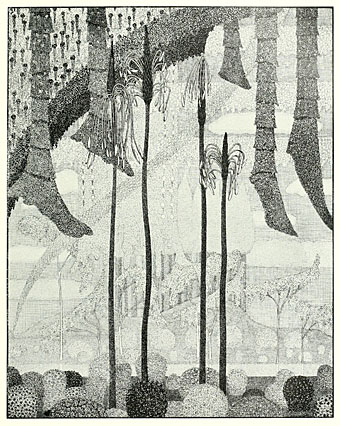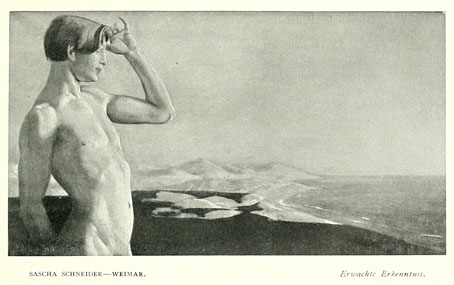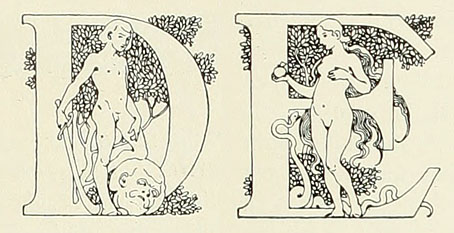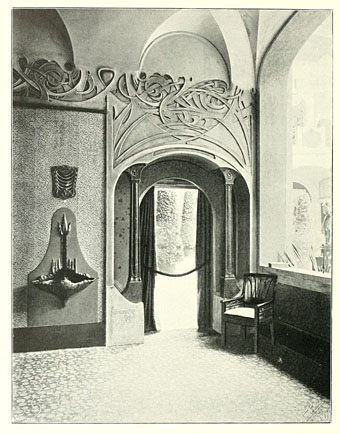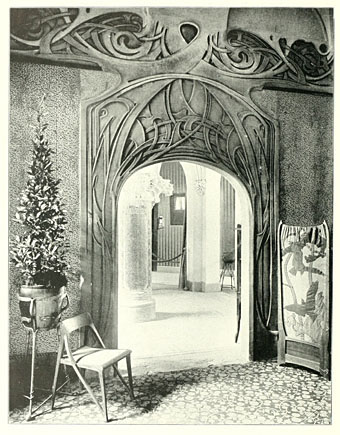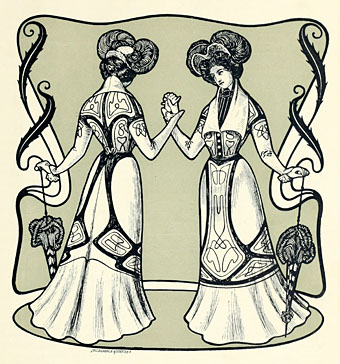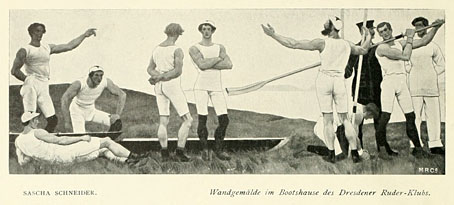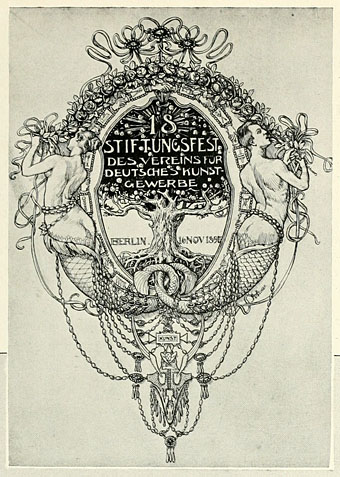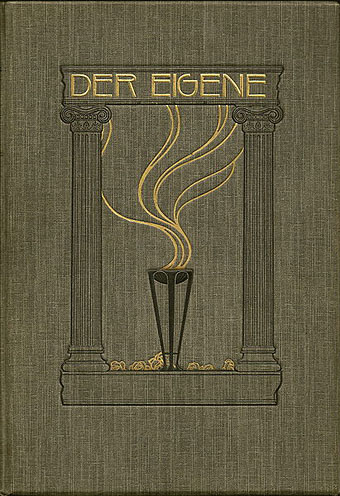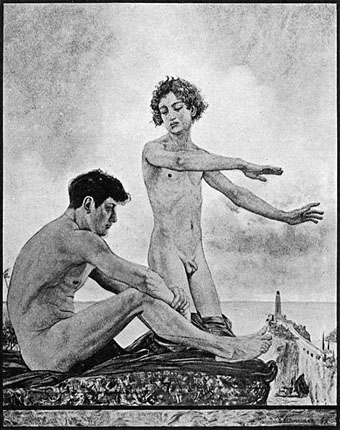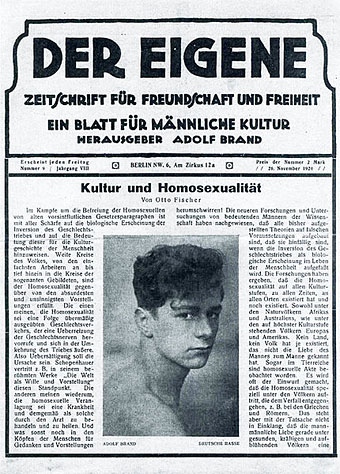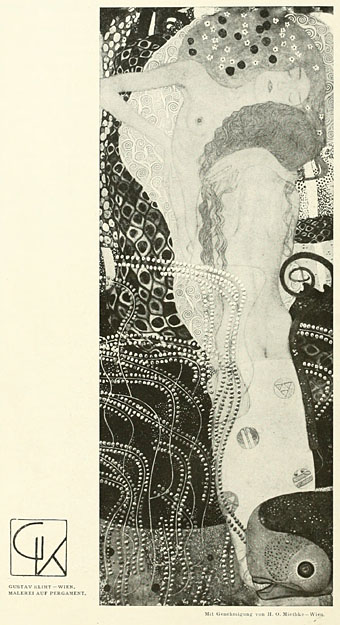
Water Serpents I by Gustav Klimt. See it in colour here.
Continuing the delve into back numbers of Deutsche Kunst und Dekoration, the German periodical of art and decoration. Yesterday’s post concerned a Klimt-like artist, today volume 19, covering the period from October 1906 to March 1907, includes further work by Klimt himself. The Wiener Werkstätte, with whom Klimt was affiliated, continues to dominate these editions, understandably so when the architecture, art and design being produced by the group was some of the most advanced in the world. In addition to the customary graphics and interiors there’s also some examples of dress design by Gustav Klimt which I hadn’t seen before.
As usual, anyone wishing to see these samples in greater detail is advised to download the entire number at the Internet Archive. There’ll be more DK&D next week.
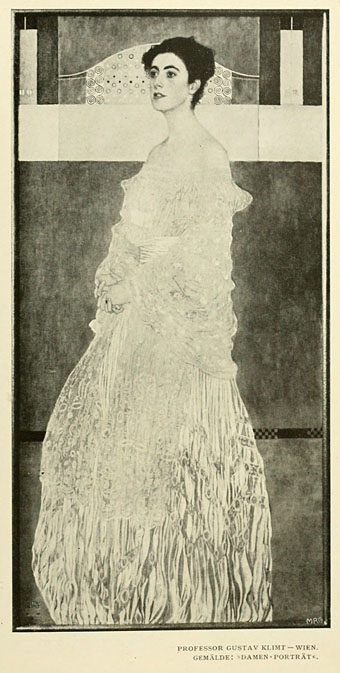
A portrait of Margaret Stonborough-Wittgenstein by Gustav Klimt. The sitter was the sister of Ludwig Wittgenstein.
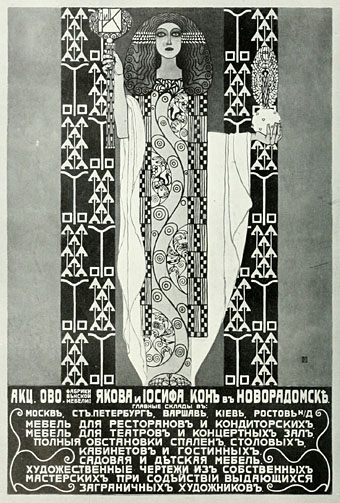
A poster by Koloman Moser.

